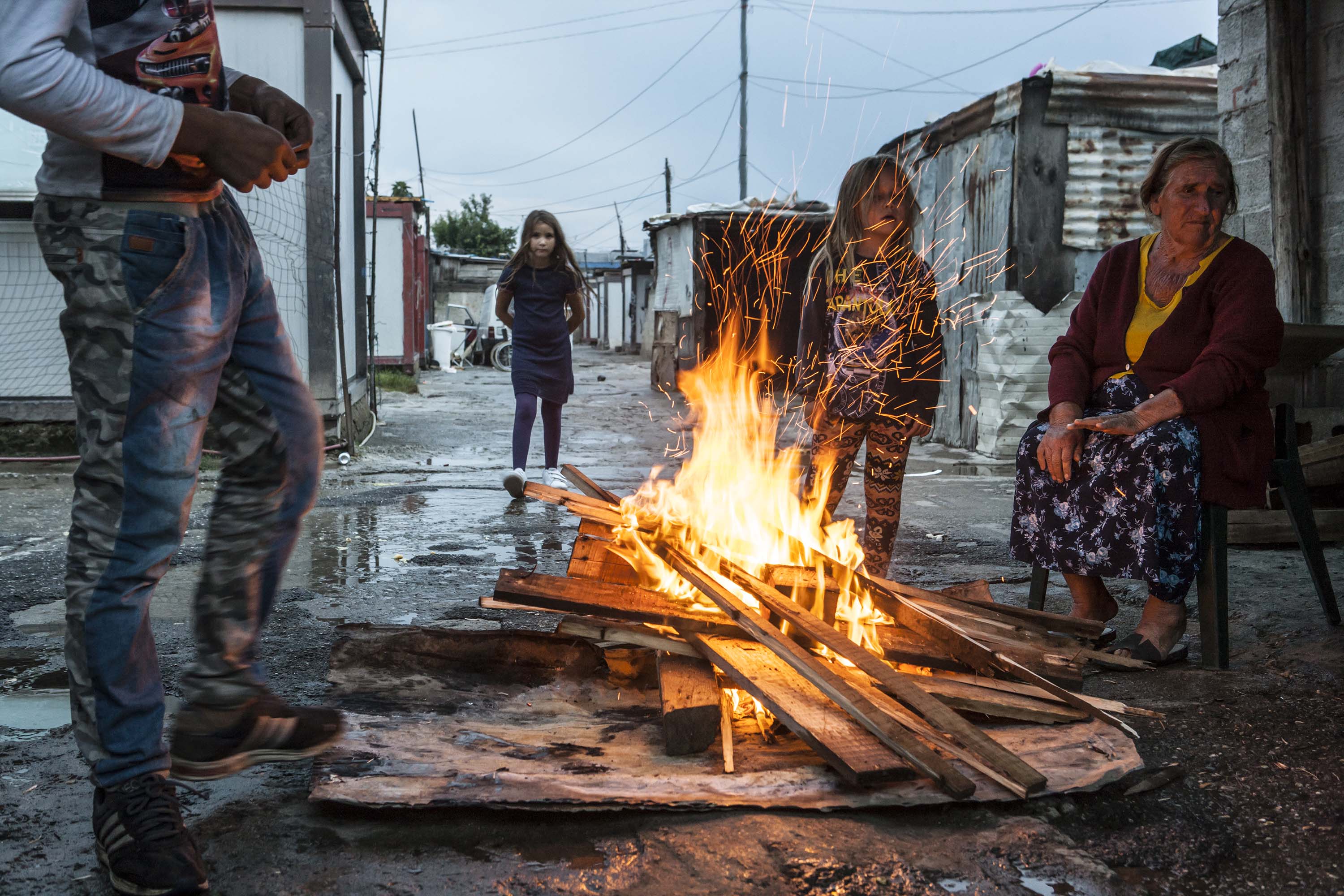On the planet, one human being in six lives in a slum. In Italy there are thousands, perhaps tens of thousands, of them. It’s a number that, in the words of ISTAT, the country’s Central Institute for Statistics, has registered “a dramatic increase” over the past seven years, thanks to the economic crisis. Slums are everywhere: in the underdeveloped Southern regions as well as in large industrial cities in the Centre and the North. Some of these shanty towns have been there for decades, one – in Messina, Sicily – for over a century. This is something of a paradox, in a country that has the highest rate of “overbuilding” in Europe. The inhabitants are Italian citizens, but not even ISTAT knows exactly how many of them there are.
The reason is simple: after a while, for the rest of the country, the people who live in shacks cease to exist. Yet, exist they do, and no matter how abandoned they feel by the State, most of them would say: “I’m still an Italian”.
Directed by Andrea Monzani

